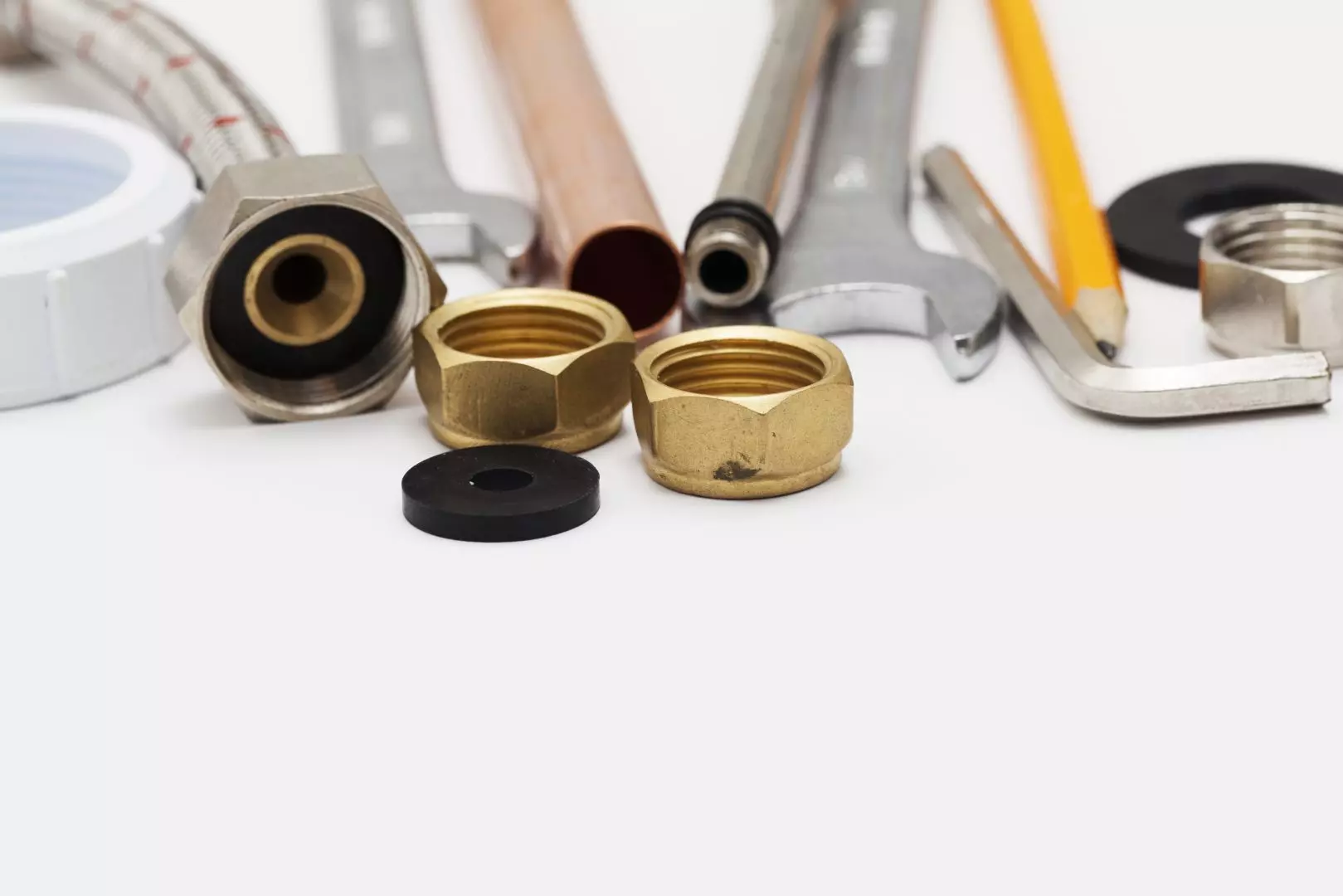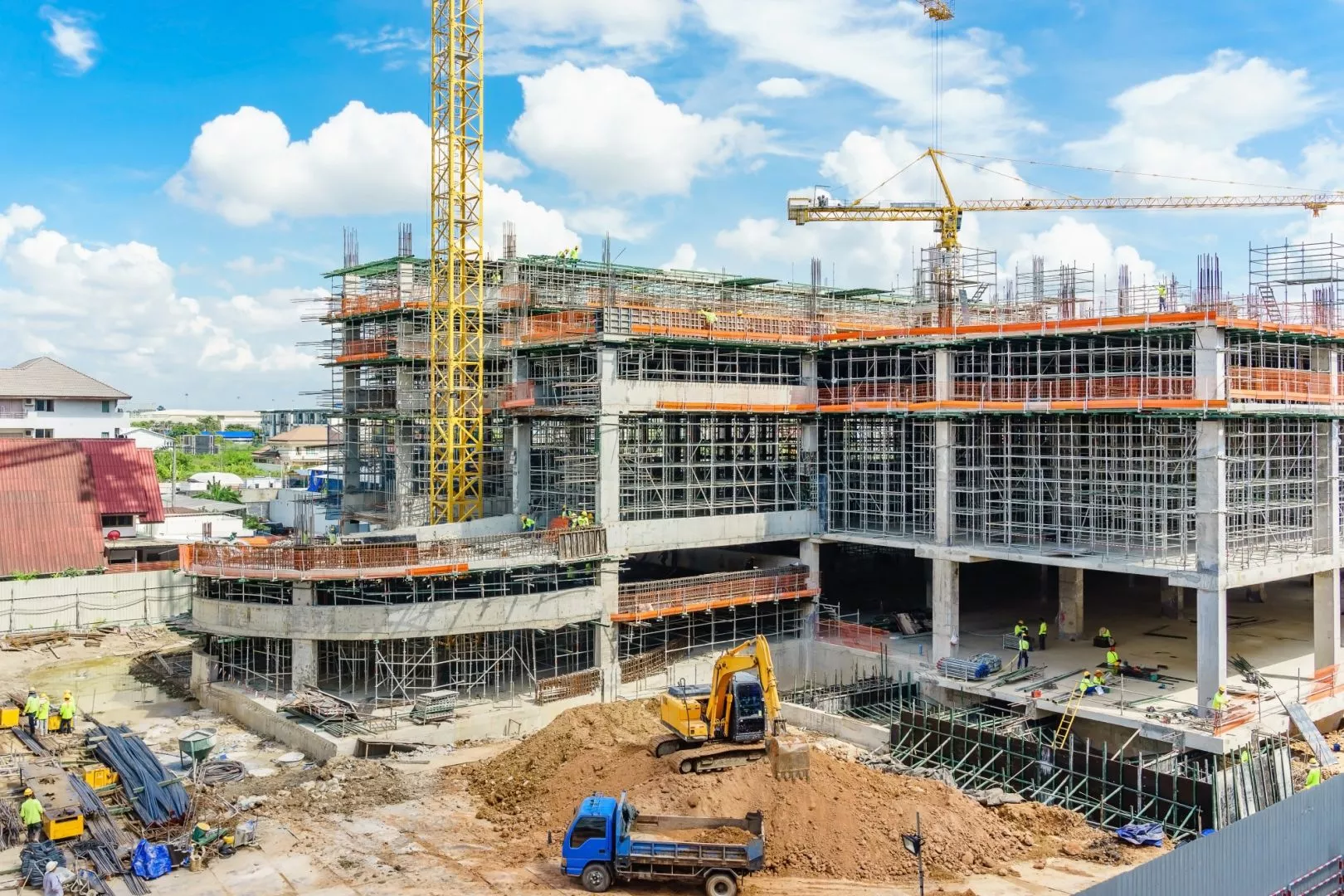This article explores how many toilets should you have on your construction site. Explore key considerations such as workforce size, project duration, and local regulations to ensure a comfortable and compliant restroom setup.
How many toilets should I provide?
Ensuring the correct number of toilets are available on your construction site is more than simply a matter of convenience - it is a crucial aspect of safeguarding the health and safety of your workers. When it comes to determining the optimum number of toilets, there isn't a singular answer that fits every situation, as it largely depends on the number of people working on your site.
Legislation outlines a general rule for the provision of toilets on construction sites. For teams of between 1 and 5 individuals, at least one toilet, plus a urinal, is required. If the number of workers increases to between 6 and 25, two toilets and one urinal should be available.
Larger teams of 26 to 50 workers will necessitate the provision of three toilets and one urinal. When it comes to sites accommodating more than 51 people, the regulations recommend having one extra toilet and urinal for every additional 20 workers.
Assessing your site's unique needs and layout will greatly assist in ensuring the toilets see optimal usage and that downtime for maintenance is kept to a minimum. So, keep the well-being of your workers at the forefront, and ensure your site adheres to these guidelines.

What toilet facilities do you need to provide?
It's important to consider that the quality of toilet facilities is every bit as crucial as the quantity available. The design of these facilities should focus heavily on cultivating a high level of both comfort and cleanliness. This is vital as it can significantly impact the workforce's overall health and productivity. One of the main factors to consider is how clean the facilities are.
Each toilet should be kept tidy and hygienic, strictly adhering to health and safety recommendations.
This is essential for any working environment as it drastically reduces the risk of spreading illness and disease. One major way to ensure this high level of hygiene is continually maintained is to follow a regular cleaning schedule.
Additionally, toilet facilities should be frequently serviced to further bolster cleanliness. Water access is another major aspect to consider when assessing the quality of toilet facilities. Both hot and cold running water should be readily available at all times.
This allows for thorough hand washing, which is one of the most effective practices to prevent the spread of germs among workers. Ventilation within the facilities is another paramount factor. Good ventilation is instrumental in eliminating odours and promoting fresh air circulation. This significantly contributes to the overall comfort of the toilets, making them much more pleasant to use.
Maintaining high-quality toilet facilities is a key responsibility of any company. It demands an active approach, from keeping the facilities scrupulously clean, ensuring hot and cold water is always available for staff, to providing well-ventilated areas. By following these steps, companies can promote high levels of health and productivity in their workforce. Having clean, comfortable, and well-maintained toilet facilities does more than just enhance the image of the company - it safeguards the well-being of every individual who works there.
What if there is no local water access?
There are instances when your construction site may not have local water access. This can be a significant concern, considering water is a crucial component for various construction activities. In such situations, it's critical to provide self-contained units that are designed to operate optimally without any dependency on a water main connection.
These stand-alone units are innovatively built to offer full functionality, providing a simple yet effective solution to your water-access issues. They operate with a re-circulating flushing system that ensures regular and efficient flushing mechanisms to maintain the cleanliness of the units.
A key feature of these self-contained units is the inclusion of sealed waste tanks. The purpose of these sealed waste tanks is to contain waste in a hygienic way, preventing any leakage or seepage of waste material that could potentially harm the environment or pose any health risks.
These units have been engineered not only to comply with health and safety regulations but also to cater to the specific needs and demands of different construction sites.
For example, they are robust and durable, capable of withstanding harsh construction site conditions while still performing their crucial role. It's evident then that these self-contained units, equipped with both re-circulating flushing systems and sealed waste tanks, are crucial for maintaining hygienic use on construction sites without local water access.

Water Access

Toilet Maintenance
What about toilet maintenance?
Maintaining onsite toilets in top-notch condition is of paramount importance to ensure the provision of safe, clean, and efficient facilities. Regular upkeep of these facilities, which includes a sustained cleaning schedule, timely servicing, and systematic pumping out of waste tanks ensure that toilets remain in excellent working condition and are ready to use at all times.
This kind of rigorous maintenance aids not only in prolonging the life of your facilities but also in providing maximum comfort and hygiene for users. A well-maintained toilet invokes cleanliness and poses fewer health risks. Hence, it is vital for any premises to pay heed to this aspect of facility management. Seeking the services of a professional entity is highly recommended in such instances.
A team of professionals dedicated to delivering world-class solutions will shoulder the responsibility of regular and efficient servicing. Skilled professionals, who are adept at handling such operations, ensure each task is performed with precision.
Regular health and safety checks are also conducted, thereby ensuring strict adherence to sanitary guidelines. The services offered by companies encompass a broad spectrum, including general cleanliness, checking and refilling supplies, waste disposal, regular servicing, etc.

How about the travelling distance to the toilet?
Having an effectively managed worksite involves much more than just planning tasks or adhering to schedules. It also requires a host of supplementary amenities to support workforce welfare, including the thoughtfully planned positioning of onsite toilets. It's a critically important element - yet, sadly, it often doesn't receive the attention it deserves in site management strategies.
Under the scope of health and safety regulations in the UK, it's stated that toilets should be conveniently placed on the worksite.
The ultimate aim here is to minimise the time that workers have to spend moving away from their tasks. Greater distances to toilets inevitably lead to more time waste and less efficient work processes.
Additionally, if the toilets are hard to reach, it might discourage workers from using them regularly, which could potentially pose health risks. It's therefore recommended that lavatories should be set within a reasonable distance from each part of the worksite – regardless of whether it's a vast construction site, a festival terrain, or a modest event location.
Establishing such a setup helps not only to improve overall productivity but also to ensure that all workers have easy, unimpeded access to sanitised amenities whenever required. This will inevitably enforce a clean site environment and promote the health and well-being of the entire workforce. Importantly, the proper placement of onsite toilets is also an aspect of showing respect for the team's needs.
By setting aside a specific space for toilets and ensuring they are within a comfortable distance, the company sends a clear message that it values its workforce's well-being as much as it values work efficiency.
Moreover, when workers are provided with such amenities within reach, it creates an atmosphere of good hygiene practices. This will indirectly inculcate a sense of responsibility towards maintaining cleanliness and a predisposition towards adhering to the best hygiene standards.
In conclusion, careful attention to small details, such as the placement of onsite toilets in any project, can have a massive impact on worker productivity and satisfaction. The more a worksite can feel like a well-equipped, comfortable place to work, the more productive – and presumably satisfied – its workers will be. The benefits to both Toilets 4 Hire Ltd and the workers themselves are clear, proving the importance of something as seemingly straightforward as toilet placement.
Toilets 4 Hire Ltd provides reliable and comfortable portable toilets and shower units for construction sites throughout Gloucestershire. Whether you are having temporary water supply issues or are hosting large outdoor events, our portable facilities are well-suited to any situation.

.jpg)